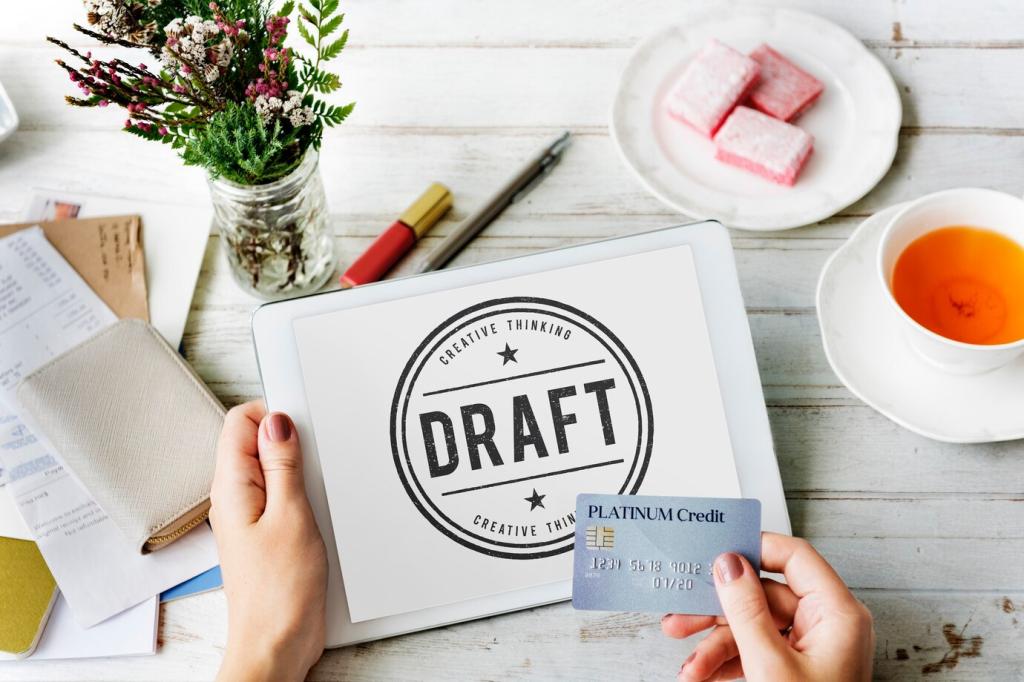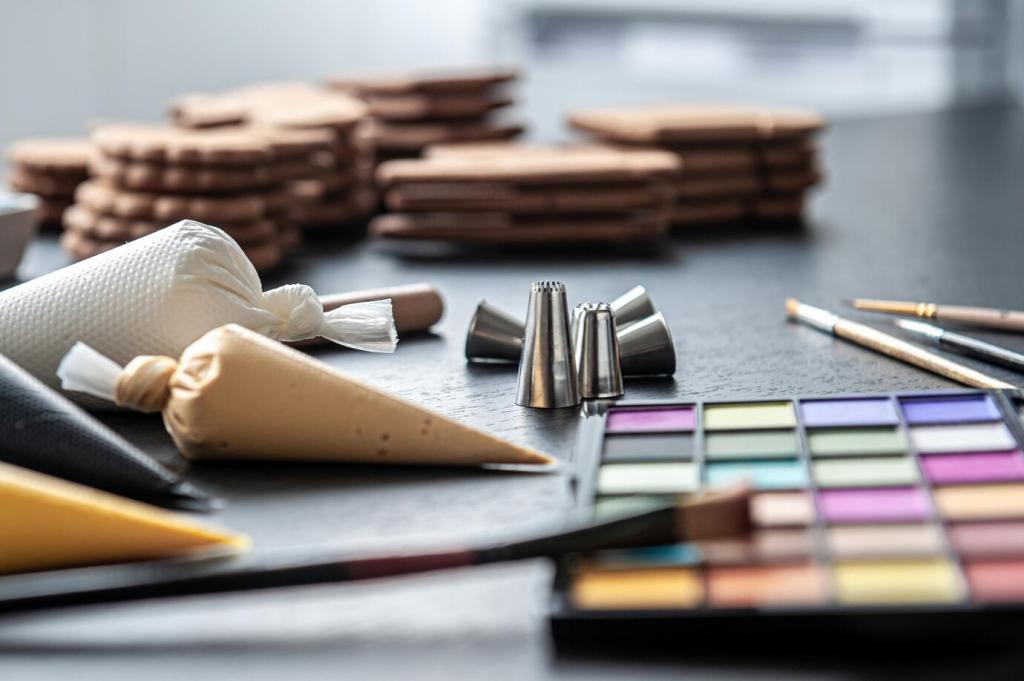SEO Strategies for Interior Design Copywriters
Chosen theme: SEO Strategies for Interior Design Copywriters. Step into a world where design storytelling meets search intent. Learn how to weave keywords through mood boards, case studies, and color palettes—without losing elegance. Enjoy, share your questions in the comments, and subscribe for future deep dives tailored to interior writers.
SEO Foundations Tailored to Interior Design Copy
Mapping Search Intent to Design Journeys
Turn vague search phrases into concrete design narratives. When someone types “small apartment Scandinavian ideas,” they want airy layouts, light woods, and storage hacks. Translate intent into article structures that deliver visual inspiration, practical steps, and scannable solutions.
Personas for the Design Reader
Sketch reader personas as carefully as you plan a room: homeowners seeking cozy upgrades, developers needing specification clarity, or design students craving trend context. Align tone, examples, and vocabulary with each persona’s goals to earn longer dwell times.
SERP Features That Favor Visual Content
Interior topics often surface image packs, People Also Ask, and visual stories. Optimize images, craft succinct answers, and employ descriptive headings. Winning these features brings skim readers into your world, where richer content converts curiosity into loyal readership.
Keyword Research with a Designer’s Eye
From Head Terms to Long-Tail Poetry
Start with broad anchors like “kitchen remodel” and branch into precise, visual phrases: “matte black fixtures small kitchen,” “Japandi open shelving studio.” These long-tails reduce competition and invite rich storytelling that naturally showcases your client’s voice.
Mining Autocomplete, Pinterest, and Houzz
Autocomplete hints at real curiosity. Pinterest boards reveal color and style clusters. Houzz threads uncover questions clients actually ask. Combine these signals to build clusters that feel editorial yet map cleanly to searchable, evergreen topics readers crave.
Seasonal and Regional Modifiers
Interior search patterns shift with seasons and climate. Add terms like “winter lighting ideas,” “humid-coast fabrics,” or “heat-friendly flooring.” Regional nuance signals expertise, improves local relevance, and helps your content feel hand-tailored rather than generic.
On-Page Craft: Titles, Headers, and Alt Text That Shine
01
Magnetic Title Tags and Meta Descriptions
Marry clarity with mood: “Scandinavian Small Apartment: Light, Storage, and Soft Contrast.” In the meta, promise a benefit and a detail. Keep it crisp, include the keyword, and invite a click with a tangible outcome.
02
Header Hierarchy that Guides the Eye
Use H2s for room zones or design phases, H3s for materials, palettes, and layouts. Readers should glide from idea to implementation. Thoughtful structure helps search engines map your expertise without sacrificing narrative flow.
03
Alt Text for Portfolios and Mood Boards
Describe what matters: “sunlit Japandi living room with rattan accents, low oak shelving, and linen sofa for compact layout.” Alt text supports accessibility, indexes images, and earns traffic from image search where interior inspiration often begins.

Internal Linking and Topic Architecture
Establish cornerstone pages like “Small-Space Strategies,” “Sustainable Materials,” and “Lighting for Mood.” Link project posts and guides back to these hubs. Consistent signals help search engines understand scope and depth.


Internal Linking and Topic Architecture
Group by room, style, or constraint. A reader moving from “renter-friendly wall treatments” to “removable lighting solutions” mirrors intent. Internal links should feel like thoughtful wayfinding, not an afterthought pasted at the bottom.
Design Data and Lookbook Assets
Publish a seasonal lookbook with downloadable palettes, supplier lists, and practical specs. Editors love citing resources that combine visual appeal with utility, and those links carry authority back to your most strategic pages.
Collaborations with Studios and Magazines
Pitch co-authored pieces comparing materials, sustainability trade-offs, or lighting schemes. Mutual credibility broadens reach, while anchor links reinforce your topical clusters. Keep pitches concise, visual, and tuned to the publication’s readership.
Community-First Outreach
Join design forums and local events, offering insights without hard selling. Share process checklists or palette templates. Genuine contributions spark organic mentions and invitation links more reliably than any mass email blast.
Measurement, Iteration, and Seasonal Refreshes
Map queries to on-page sections and watch click maps. If readers stall before a crucial tip, elevate it with a visual cue. Small UX adjustments often unlock rankings by improving engagement signals.

